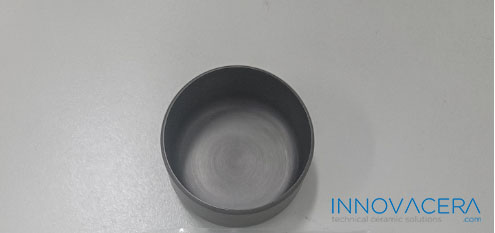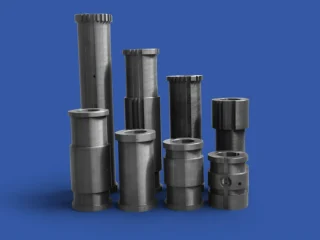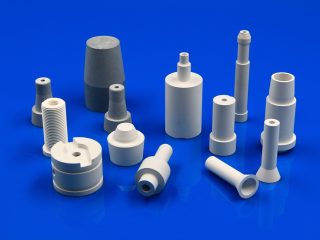Pyrolytic graphite coated PBN (pyrolytic boron nitride) crucible refers to a crucible made of PBN material with a coating of pyrolytic graphite on its surface. The purity of Pyrolytic Graphite Coated Crucible is over 99.99% and the air tightness is good, which has high-temperature resistance, chemical stability, good thermal shock resistance, good thermal conductivity, low coefficient of thermal expansion, resistance to acid, alkali, salt, and organic reagent corrosion. In addition, it has a long service life.

By coating a PBN crucible with a layer of pyrolytic graphite, several advantages can be achieved:
1.Enhanced thermal conductivity: The pyrolytic graphite coating improves the thermal conductivity of the PBN crucible, allowing for efficient heat transfer during high-temperature processes.
2.Chemical resistance: The PBN material already exhibits exceptional chemical inertness, and the additional pyrolytic graphite coating further enhances its resistance to corrosive substances, ensuring greater durability and lifespan of the crucible.
3.Non-wetting properties: Pyrolytic graphite has a non-wetting surface, meaning it repels and does not absorb liquids. This property prevents molten materials from sticking to the crucible, facilitating easy removal and preventing contamination.
4.Electrically insulating: PBN itself is an excellent electrical insulator, and the pyrolytic graphite coating maintains the insulating properties of the crucible. This trait is valuable in electrical and electronic applications, where electrical isolation is necessary.
5.Reduced thermal stress: The combination of PBN and pyrolytic graphite helps reduce thermal stress caused by temperature variations, extending the crucible’s lifespan.
Pyrolytic graphite coated PBN crucibles are commonly used in high-temperature applications, such as semiconductor manufacturing, crystal growth, metallurgical processes, and materials research, where both high thermal stability and chemical resistance are critical.




 Enquiry
Enquiry